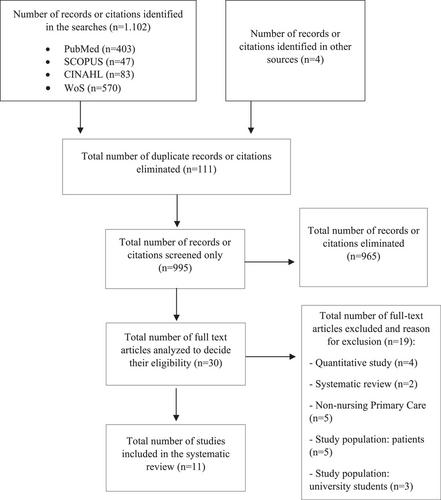Digital Health Experiences of Primary Care Nurses: A Qualitative Meta-synthesis
Abstract
Aim
To analyze primary care nurses’ experiences of integrating and using digital health in their daily practice.
Background
The integration of digital health in primary care, accelerated by the COVID-19 pandemic, has transformed nursing practices with a view to provide better support and services to patients.
Introduction
The World Health Organization defines “digital health” as the use of electronic technologies to improve health. Its 2020–2025 strategy seeks to integrate these technologies into health systems to facilitate communication between professionals, patients, and authorities. Tools such as telehealth, electronic records, artificial intelligence, and big data are transforming the role of nurses, who must become familiar with them for their performance.
Methods
Qualitative studies on digital health in primary care nursing were reviewed following the Enhancing Transparency in Reporting the Synthesis of Qualitative Research (ENTREQ) guidelines and using the Joanna Briggs Institute for Qualitative Research (JBI-QARI) criteria.
Results
Eleven articles were analyzed using thematic coding according to Thomas and Harden's approach, identifying three main themes: adaptation to digital health, nurses’ perspective on digital health, and nurse–patient digital interaction.
Discussion
The integration of digital health has required nurses to adapt quickly. They have expressed both benefits and challenges, highlighting the importance of adequate training, personalization in the use of digital tools, information security, and optimization of technological infrastructure.
Conclusion and implications for nursing and/or health policy
It is essential to assess the current competencies of nurses in digital health in order to meet their needs. Health systems should incorporate new technologies into clinical practice guidelines and health programs to improve and update the continuity and quality of care in primary care. Health policies should support the continuing education of nurses and the effective integration of technology.


 求助内容:
求助内容: 应助结果提醒方式:
应助结果提醒方式:


